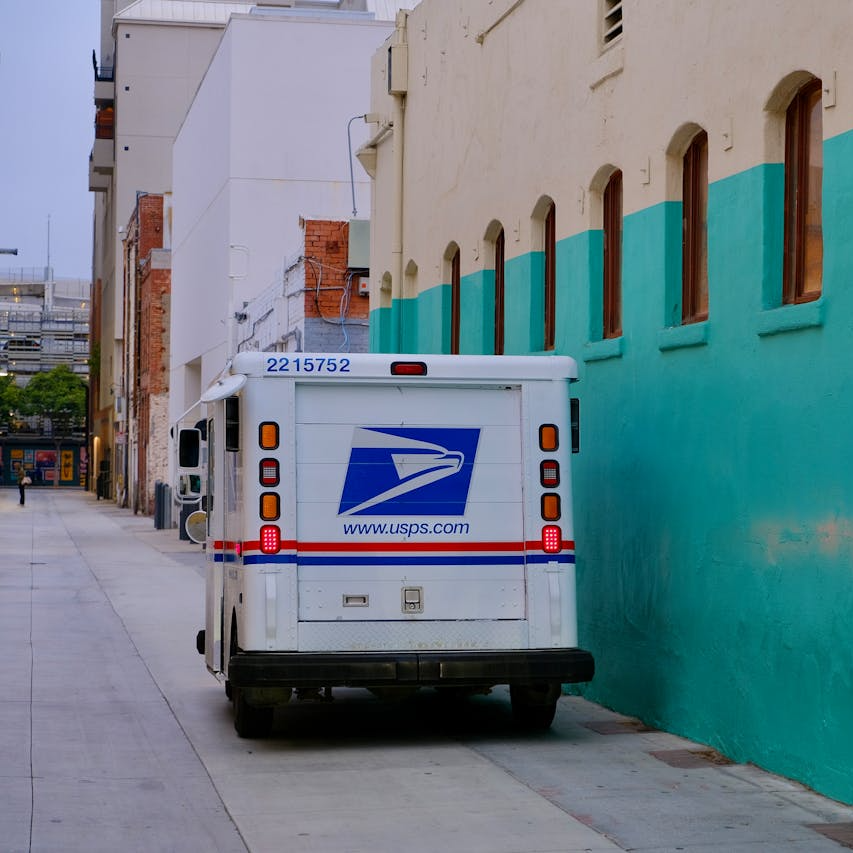These Medicare Coordination Rules Are Essential to Keeping Your PSHB Coverage Smooth

Key Takeaways
Coordinating Medicare enrollment with your
PSHB Copayments Uncovered: How Your Choices Impact Costs for Everything From Urgent Care to Specialists

Key Takeaways:
PSHB copayments vary based on the type of service, in-network or out-of-network care, and the plan you choose, significantly impacting your overall healthcare costs.
The Online Tools That Will Save You a Ton of Time During Open Season

Key Takeaways
You can streamline your Open Season decisions by using trusted online tools available through official
You Met the Deductible… Or Did You? How PSHB Plans Make It Confusing

Key Takeaways
Even after you believe you have met your deductible under a PSHB plan, hidden exclusions and timing rules can leave you paying out-of-pocket.Understanding the differences between in…
What Changes When You Move from FEHB to PSHB (and What Stays Frustratingly the Same)

Key Takeaways
The PSHB program replaces FEHB for
How Medicare Part B Fits into PSHB—and When It’s No Longer Optional

Key Takeaways
In 2025, Medicare Part B enrollment becomes mandatory for many Postal Service annuit…
What You Actually Pay in PSHB After Government Contributions Are Factored In

Key Takeaways
In 2025, the government pays approximately 70% of your PSHB premium, but the remaining 30% can still represent a significant monthly cost—especially for family coverage.Your r…
How Your Biweekly Contribution Doesn’t Tell the Whole Story on Plan Costs

Key Takeaways
Your biweekly premium only represents part of your total healthcare s…
Before You Skip Medicare Part B, Read This If You’re a USPS Retiree

Key Takeaways
USPS retirees who are eligible for Medicare and are enrolled in the
Medicare Part A: What’s Free, What’s Not, and Why Some People End Up Paying More Than Expected

Key Takeaways
Medicare Part A is free for most